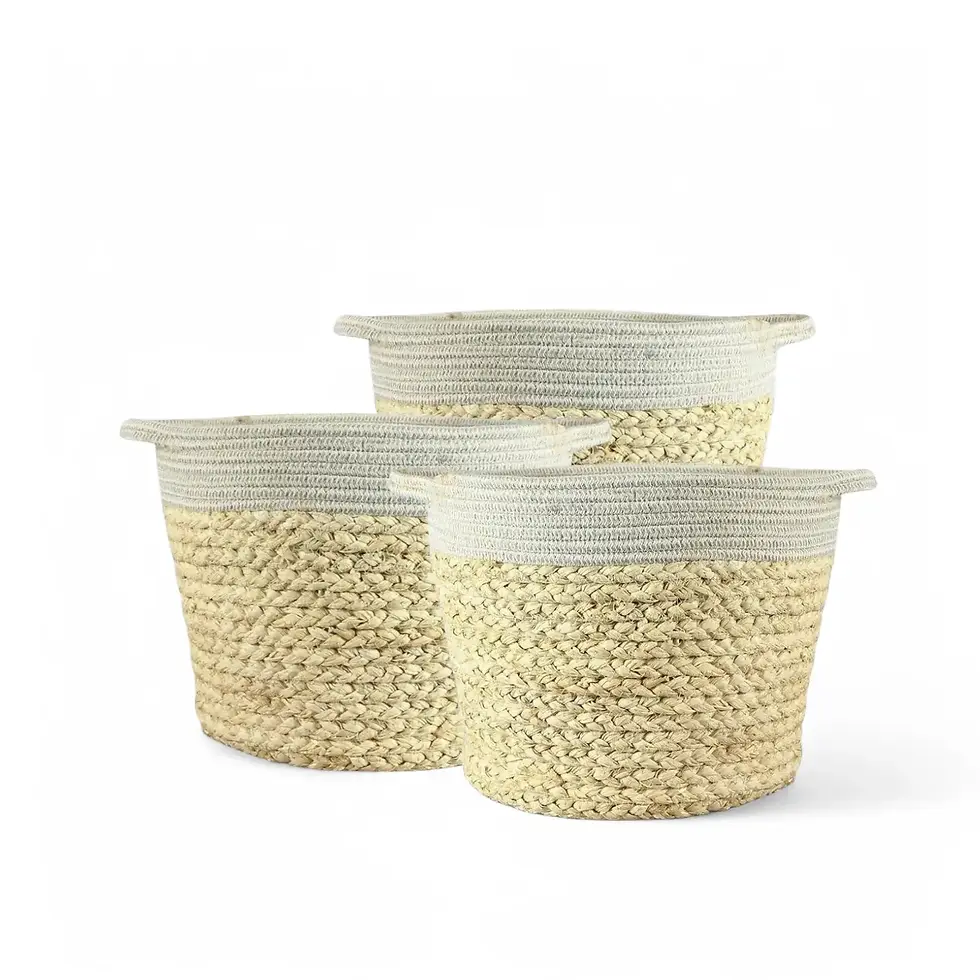Hoya retusa – Information and Plant Care
Hoya retusa Dalzell is a standout species within the Hoya genus, known for its uniquely shaped, thin, spider–leg–like leaves. Unlike the thick, waxy foliage of most Hoyas, this plant’s delicate, cascading vines resemble Rhipsalis, adding a distinct and airy quality to any plant collection. Its sparse yet elegant flowers make it an intriguing choice for Hoya enthusiasts.
Unique Features of Hoya retusa
- Distinctive Leaf Structure: Thin, green, elongated leaves (approximately 6 cm long and 2 mm wide) that curve slightly downward, creating an ethereal, delicate aesthetic.
- Delicate Flowers: Small, white, star–shaped blooms emerge sparsely, usually one or two per umbel. Their velvety petals are complemented by pink–to–deep purple secondary corollas.
- Ideal for Hanging Planters: With its fine foliage and trailing habit, Hoya retusa is best displayed in a hanging basket or on a shelf where its vines can cascade beautifully.
Hoya retusa Dalzell Care Guide
Light Requirements
- Prefers bright, indirect light for optimal growth.
- Avoid direct sun, which can scorch its delicate foliage.
Watering
- Water moderately, allowing the top 2–3 cm of soil to dry between watering.
- Ensure the pot has drainage holes to prevent root rot.
Humidity
- Prefers humidity levels above 60%, but adapts well to typical indoor conditions.
- Use a pebble tray or humidifier if air is too dry.
Soil and Potting
- Thrives in a well–draining mix with organic matter.
- Orchid bark, perlite, and succulent soil blends work well.
Fertilization
- Feed monthly with a diluted balanced liquid fertilizer.
- Avoid over–fertilizing to prevent salt buildup.
Common Issues and Solutions
Root Rot
- Cause: Overwatering or poor drainage.
- Solution: Allow soil to dry out between waterings and ensure good drainage.
Pests
- Common Pests: Fungus gnats, spider mites, and mealybugs.
- Solution: Treat with insecticidal soap or neem oil.
Yellowing Leaves
- Cause: Overwatering or insufficient light.
- Solution: Adjust watering schedule and place in a brighter location.
Sparse Growth
- Cause: Lack of light or nutrients.
- Solution: Provide bright, indirect light and feed monthly.
Additional Growing Tips
- Placement: Keep in a bright spot near a window, ideally in a hanging basket where its vines can cascade naturally.
- Watering Habits: Less is more—allow soil to dry slightly before the next watering.
Etymology
The genus Hoya was named in honor of English botanist Thomas Hoy (1750–1822). The species name "retusa" refers to the distinctive leaf shape that characterizes this unique plant.
Frequently Asked Questions (FAQs)
How often should I water Hoya retusa?
Water when the top 2–3 cm of soil is dry. Avoid overwatering to prevent root rot.
Can I grow Hoya retusa in low light?
While it tolerates medium light, it thrives in bright, indirect light. Too little light may result in sparse growth.
How do I encourage flowering?
Provide ample indirect light, maintain stable temperatures, and fertilize monthly during the growing season.
Order Hoya retusa Today!
Add the delicate beauty of Hoya retusa to your collection. Shop now and bring home this easy–care, unique plant!
Hoya retusa
Hoya retusa comes in a ⌀ 6 cm pot and is approximately 10 cm tall






















































